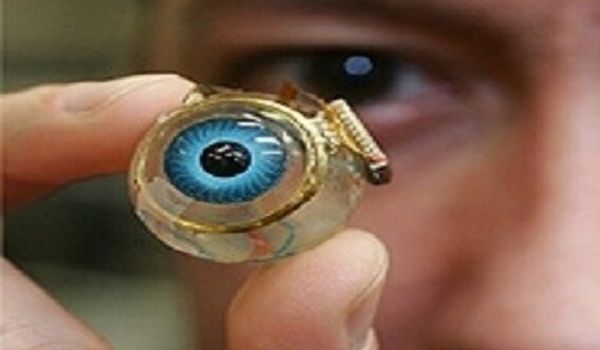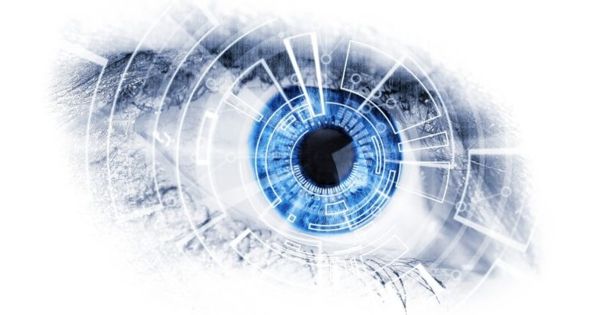A team of Monash University researchers in Melbourne, Australia, has developed a bionic device that they claim can restore vision to the blind via a brain implant. The team is now preparing for what they claim will be the world’s first human clinical trials of a bionic eye — and they’re asking for more money to eventually mass-produce it on a global scale.
It goes without saying that life is difficult for people who are blind. Those of us who can see do not fully appreciate how valuable the gift of sight is. Researchers all over the world have been working on various bionic solutions to cure this, but none of them have yet made it to the market to help improve people’s lives. One contender appears to have come very close.
According to TechCrunch, it is essentially the guts of a smartphone combined with brain-implanted micro electrodes. The “Gennaris bionic vision system,” a project that has been in the works for over ten years, bypasses damaged optic nerves to allow signals to be transmitted from the retina to the brain’s vision center.
Researchers at Monash University in Melbourne, Australia have built a bionic eyethat promises to bring back vision with the help of a brain implant. The team claims this is the world’s first bionic eye.
The system consists of specially designed headgear that houses a camera and a wireless transmitter. The data is crunched by a processor unit, and the signals are delivered by a set of tiles implanted inside the brain.
“Our design generates a visual pattern from combinations of up to 172 light spots (phosphenes) that provides information for the individual to navigate indoor and outdoor environments, as well as recognize the presence of people and objects around them,” said Arthur Lowery, professor at Monash University’s Department of Electrical and Computer Systems Engineering, in a statement.
The researchers also hope to modify the system to assist those suffering from incurable neurological conditions, such as limb paralysis, in regaining movement. “If successful, the MVG [Monash Vision Group] team will seek to establish a new commercial enterprise focused on providing vision to people with untreatable blindness and movement to the arms of people paralyzed by quadriplegia, thereby transforming their health care,” Lewis said.

The bionic eye is a colloquial term for a visual prosthesis—an electrical device that aids in the restoration of the user’s sense of vision. While this is certainly futuristic technology, it is important to note that the keywords here are ‘sense of vision.’ This is due to the fact that the bionic eyes currently under development—of which there are several around the world—can not restore people’s full 20/20 vision or give sight to those who have never been able to see before. Most bionic eye technologies in development require a healthy optic nerve and a developed visual cortex—that is, patients must have previously been able to see for these devices to work properly.
The development of a bionic eye is thus an exciting technological advancement. However, as with other medical bionic devices, it is not suitable for everyone. A July trial demonstrated that the Gennaris array could be safely implanted into the brains of three sheep using a pneumatic inserter, with a total of 2,700 hours of stimulation causing no adverse health effects.
The date of the first human trials is still unknown. “With additional investment, we will be able to manufacture these cortical implants here in Australia at the scale required to progress to human trials,” said Marcello Rosa, Monash professor of physiology and MVG member, in a statement.
Elon Musk’s brain-computer interface company, Neuralink, recently announced that it is testing a coin-sized interface prototype in live pigs. The ultimate goal is the same: to treat brain disorders such as blindness and paralysis.
However, whether the Monash device is technically the first bionic eye may be a matter of semantics. Researchers have seen successful results in sheep where it was safely implanted into their brains with minimal side effects. They are now preparing to take it to the next level with its first-ever human clinical trial, which will be held in Melbourne.
















